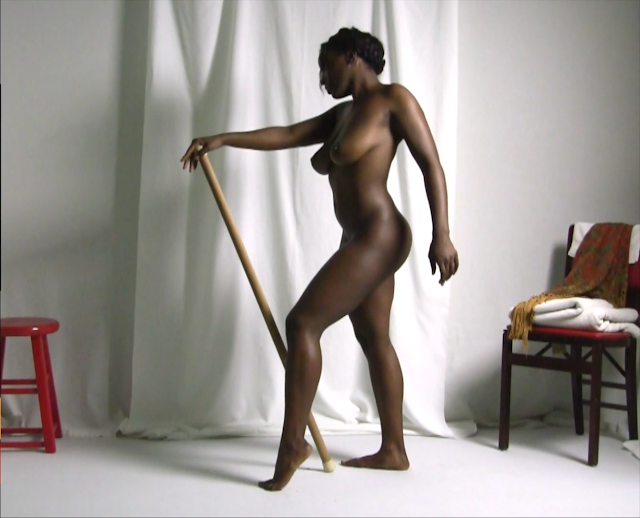The Expressive Figure Assignment
Concept: Applying the light model to the volumes of the body.
Materials:
Materials
- Vine or Willow Jumbo Charcoal ( Generals), Graphite lead and holder, ballpoint pen, Crayon, etc
- 90 lb drawing paper 12" x 19" or similar sketchbook
- Faber-Castell Kneaded Eraser
Starting with charcoal or graphite, quickly sketch draw a gestural mannikin of the pose with the emphasis on proportions and action. This should take fifteen seconds or less and be in the spirit of what Michelangelo called "the Flame". Think of it as three helixes wrapping around a central core, like ribbons or strands of flame rising and converging above.
With the template of the mannikin pose as a guide, consider how the volumes of the "peanut", "cylinders, and "ovoid" describe the volumes "in space" and can taper as they move away from the viewer as we practiced in the previous perspective of volumes exercise.
We can use Structural /Planar analysis as a way to visualize the "geometric block-like" volumes and then apply the "algorithm" of the light model and construct a series of gradients and edges as a way to describe the form instead of relying on line alone. This light model algorithm informs how values are calibrated based on the volume's proximity to the light source. The human brain then triangulates from this information a more realistic representation of the object in space. A much-valued nugget of wisdom regarding this relationship of light and value, imparted to me by Frank Mason was, "Wherever there is a plane change, there is always a value change." The eye is not sensitive enough to discern some wavelengths of light and as such, and this is an example of how the artist must sometimes rely on the physics of how light emits, illuminates, degrades, and reflects if only to deliver the truth that is important to that artist's intention.
Apply the light model "Five Planes of Light" onto the volumes of the figure.
Select at least three poses and show how light moves across the volumes of the form, how cast shadows are created, and how these same cast shadows "move" across adjacent volumes. Show reflected light as it bounces back into the planes that are facing away from the light.

















No comments:
Post a Comment